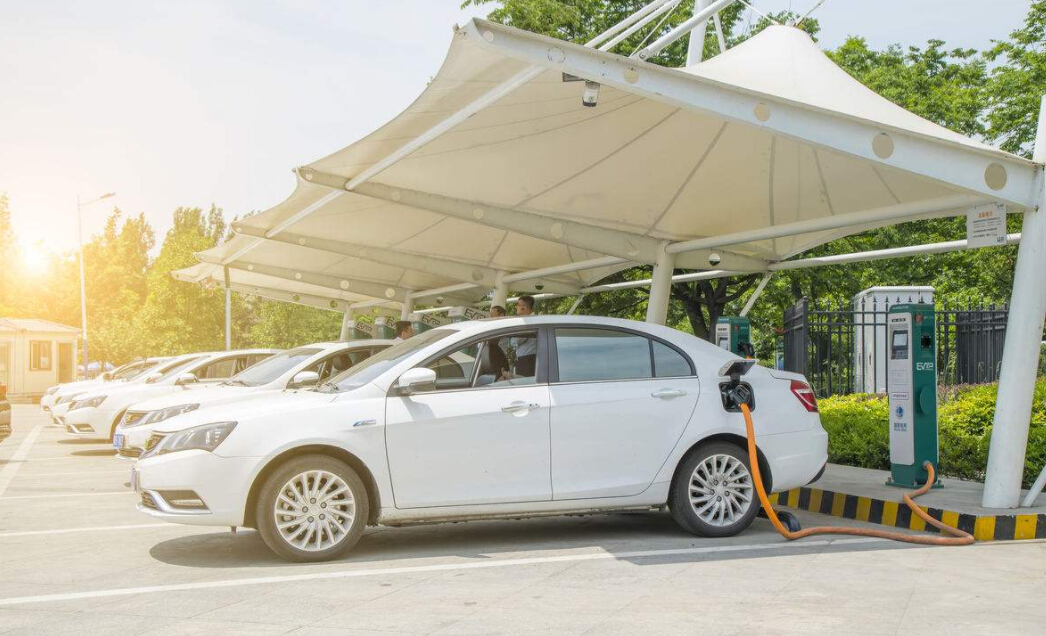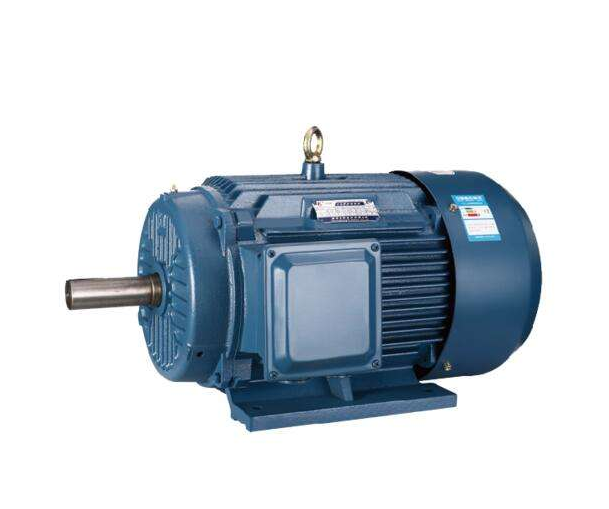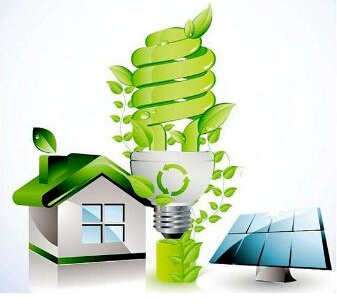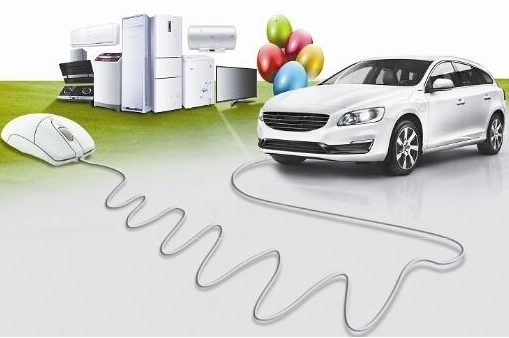In October this year, China's automobile production and sales fell by 0.9% and 0.6% respectively. Not only did not stage the "Golden September and Silver 10" booming situation, but also pulled down the cumulative growth rate of the year into a negative value of -0.6%.
The auto market is cold, but the new energy vehicles are showing good results. In the case of accelerated subsidy policy, the sales volume in January-September this year still reached 625,000 units, a year-on-year increase of 60%, accounting for 50% of the global share. CITIC Securities believes that new energy vehicles are in the process of high-speed penetration from 1% to 10%, and the economy continues to rise.
Undoubtedly, new energy vehicles are not only expected to become a touch of sunshine in the “cold winter” of the automobile market, but also carry the mission of leading China to become a car power. "The new energy automobile industry is developing in the reform, growing in the open, and growing step by step in innovation." Wan Gang, vice chairman of the National Committee of the Chinese People's Political Consultative Conference, said at the China Automotive Forum held earlier.
As Wan Gang said, China's new energy automobile industry is a model that has developed in the synergy between “effective market” and “promising government” in the wave of reform and opening up.

In the early days, “promising government” played a powerful role in top-level design and common technology research. The development of China's new energy automobile industry can be traced back to the 1990s. In the next 20 years, the development of new energy vehicles has become the main theme of China's automobile industry. The strategic planning has continued to increase, and the support signals have become clearer and clearer.
At the same time, the development of core technologies is in full swing. Wu Zhixin, deputy general manager of China National Automobile Center and expert of the national energy conservation and new energy vehicle major project, recalled that the 863 Program of the Ministry of Science and Technology has carried out the "National Five-Year Electric Vehicle National Major Science and Technology Industry Project" and "The 15th Electric Vehicle Major Science and Technology Special Project". The 11th Five-Year Energy Saving and New Energy Vehicle Major Projects, etc., invested nearly 2 billion yuan in science and technology.
After three years of accumulation of five-year plans, China's new energy vehicles have grown from scratch, and have made significant progress in key components, vehicle integration technology, technical standards, testing technology, demonstration operations, etc., initially establishing hybrid power, The pure electric and fuel cell vehicles are “three vertical”, and the key components such as powertrain control, drive motor and power battery are the “three verticals and three horizontal” strategic R&D layout.
In 2008, during the Olympic Games, more than 500 new energy vehicles from major domestic vehicle companies provided services for the event, with a mileage of more than 2 million kilometers, and initially realized 100-level applications of new energy vehicles.
In 2009, China launched the “Ten Cities and Thousand Vehicles” demonstration project in 25 pilot cities. From 2009 to 2012, 25 pilot cities across the country demonstrated and promoted 27,000 energy-saving and new-energy vehicles, with an average annual growth rate of approximately 79%. The development of China's new energy automobile industry has completed the introduction of 10,000 vehicles.
Since 2013, China has launched a new round of promotion and application of new energy vehicles, further increasing support for policy measures, and supporting measures are increasing year by year, from fiscal and tax subsidies to the opening of road rights, from the “double points” system to supporting the construction of charging infrastructure and Operation, entry into the new energy vehicle policy intensive formulation and release period. In particular, the competent national authorities have also actively promoted the expansion of new energy vehicles, eliminated the restrictions on the number of joint ventures in pure electric vehicles, and launched pilot projects on the ratio of joint ventures to new energy vehicles in the Pilot Free Trade Zone. The independent brands actively introduce foreign advanced technology and high-end talents, improve the level of joint venture and cooperation, realize the localized production of related pure electric vehicles, and seek mutual benefit and win-win development.
"2018 is the 40th anniversary of reform and opening up, and it is also an important milestone for China's new energy vehicles to start a new era." Ouyang Minggao, academician of the Chinese Academy of Sciences and executive vice president of China Electric Vehicles 100, said that under the major strategic opportunities, China's new energy The automobile industry also faces two major challenges: First, from the “subsidy era” to the “post-subsidy era”, how to strengthen core and forward-looking technology reserves, private consumption market cultivation, policy system optimization and adjustment, and industrial competitiveness improvement; How to promote the coordinated development of new energy vehicles and related industries as the global revolution in electrification, intelligence, networking and sharing is on the rise.
"China has carried out research on electrification earlier, and it also has certain advantages in the intelligentization of automobiles." Ouyang Minggao said that in the new round of automobile revolution, China's opportunities far outweigh the challenges.
Wan Gang reiterated at the recent bi-weekly consultation meeting of the CPPCC: "In the new era, China's new energy automobile industry should take the lead in implementing the new tasks of reform and opening up while taking the dual mission of leading the transformation and upgrading and protecting the atmosphere. The leading role of national strategic planning, starting to study and formulate new energy vehicle development strategies and plans for 2035, and clarify the development path and policy support under the new situation."
Standing at a new starting point, General Secretary Xi Jinping’s assertion at the time of his visit to Shanghai - "Developing new energy vehicles is the only way for China to move from a car-powered country to a car-powered country" is being proved by reality.
















 RCCN WeChat QrCode
RCCN WeChat QrCode Mobile WebSite
Mobile WebSite




